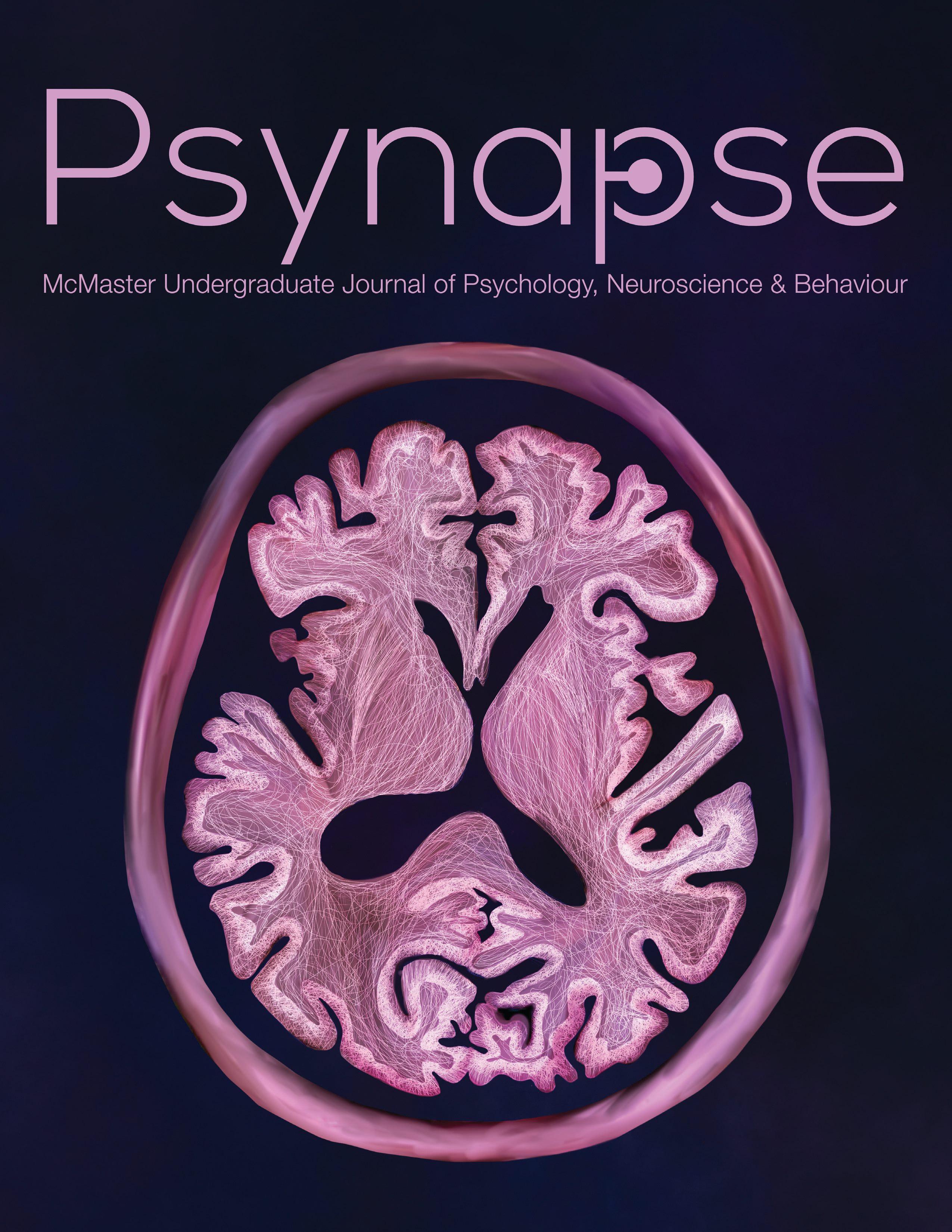Calcium Indicator for Imaging of Neural Activity
Résumé
For decades, a foundational goal of neuroscience has been to reliably map neural activity in individual neurons and neural populations. However, progress has been limited by challenges in developing effective fluorescence protein indicators. Fortunately, recent technological advancements have led to the development of genetically encoded Ca2+ indicators (GECIs). In the case of GECIs, neurons are transfected with modified viral DNA and are able to directly translate their own Ca2+ indicators. This removes the need to introduce indicators through invasive methods like dye loading. Furthermore, the genetic regulation of the indicators permits for specific subcellular targeting and long-term expression. This allows for high-quality microscopy imaging throughout the processes of development, learning and plasticity. As improved GECI’s are developed, higher resolution in vivo imaging will further reveal network functioning of interrelated neurons. One of the most significant implications of this is in the Human Connectome project, which will provide insight into the brain’s connection topology, and will be useful for studying abnormal brain circuits in neurological and psychiatric disorders.


